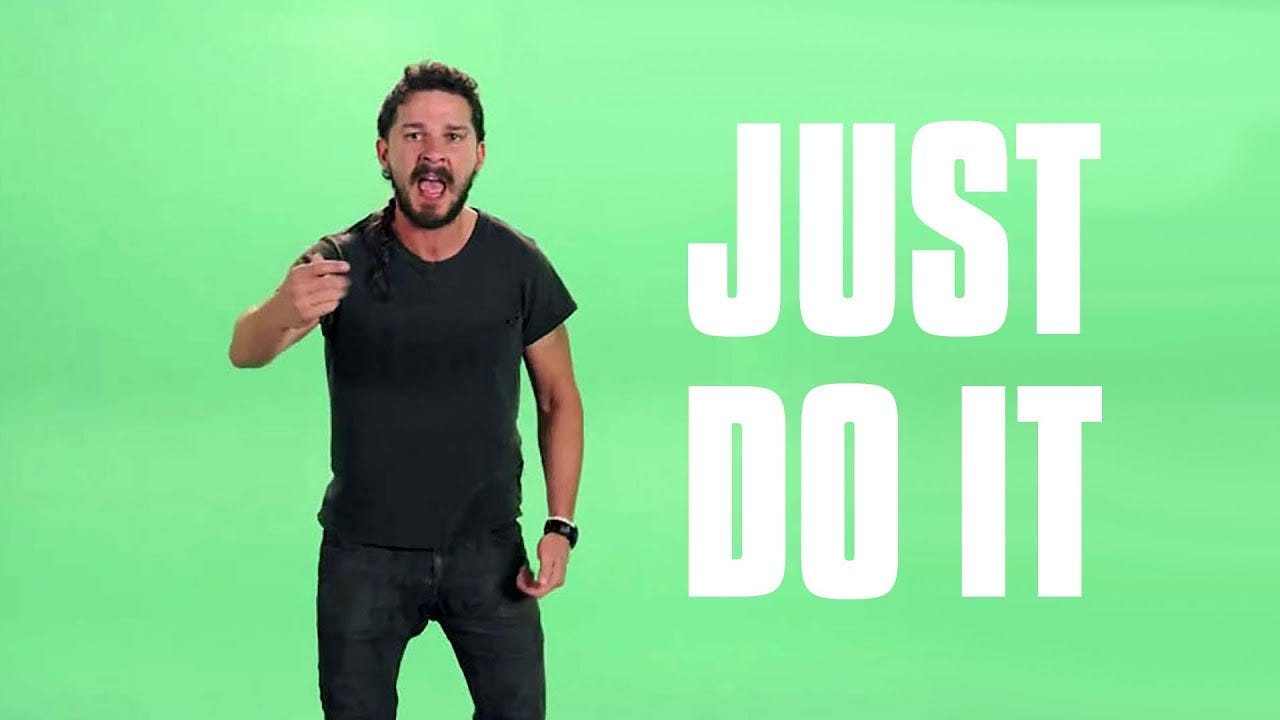Students are often met with the idea school is just preparation for the next stage, which is in turn preparation for the next course, job, internship, etc. There’s stuff you need to learn, and it will be useful/necessary at some point. It may not be fun now, but you’ll be equipped to do meaningful work later (this is a best case scenario). Worst case, to paraphrase the title of a Forbes article: “It’s not supposed to be fun, that’s why it’s called work.” (To be fair, the article critiques this idea, noting the ways fun, joy, and intrinsic motivation bring about positive outcomes and experiences at work).
Recently, I blogged on the work of Ayelet Fishbach and her claim that goals shouldn’t be chores (she contends that they should be an aspirational state, not the means of getting there). Getting into more detail, she notes that any long-term goal involves a ‘middle’ between the initial excitement and satisfaction of achievement. She maintains that there is some need for the goal to be its own reward (and not just a means to something else). Yes, gaining expertise does involve consolidating a lot of skills and knowledge, and it does involve delayed gratification. Yet, without some sense of enjoyment (which literally contains joy), we risk losing steam too quickly.
In a rather on the nose book title, I love learning, I hate school, anthropologist Susan Blum examines the differences between learning ‘in the wild’ and learning ‘in the cage’ (re: school). Blum points to the teaching and learning that occurs without supervision, grades, etc.:
Have you ever seen students teach themselves to make movies, or design websites, or create a budget for their club? I think it is on us, the ones who control the structures, to figure out how to channel all the natural abilities of our young and work with them, not in opposition. (Link to Source – Inside Higher Ed)
The co-curricular learning opportunities for students to flex their strengths outside of a studio setting, to apply their artistic skills to their own vision, is worth taking seriously. We might see artistics and academic assets that don’t show up in their academic work, and it leads to a more challenging question: How can we bridge the gap between their intrinsic work ‘just for fun’ and the necessary work of acquiring a body of skills and knowledge?
As I said before, we often tell students, “You’ll need this someday…” We are asking students to bank and save the knowledge, skills, etc. for some future use. It’s true that we do have some responsibility to prepare students for the ‘real world.’ Faculty have shared with me examples of when students come back to them and say “At the time, I didn’t understand why we had to learn x/y/z, but I understand now…” I think this is a meaningful outcome, but I don’t think it’s without a downside: we lose valuable opportunities to cultivate a love for the work.
It’s this aspect of schooling, a consistently delayed gratification, that often has me wondering about the concerns of motivation. How can we keep students engaged when the goal post is always moving? John Warner calls this a culture of “indefinite future reward,” and points to both school and the ‘real world’ as places where this idea holds sway. This leaves people in a bind: the need to keep your eyes on the prize to keep you motivated in the muddled middle. We come back to Ayelet Fishbach’s point about managing that middle. In the motivational words of Shia Lebouf: how do we help people ‘just do it’? (Because it’s Friday, and it’s been a long week, here’s a link to an explanation of this famous meme with some context on it as performance art).
So what do we do if students aren’t intrinsically motivated to do what we believe they need to do? Well, intrinsic motivation isn’t necessarily limited to the stuff we’d do even if we didn’t get paid to do it. Researchers on self-determination theory have posited that it’s not just a pure binary between intrinsic and extrinsic: there is some room for motivation where students internalize the importance of something and commit to learning it more deeply. Being transparent about our purposes (answering the question of HOW it can be useful) and, even better, encouraging students to make their own connection, can help. In other words, interest matters, and we can hold space for students to identify and articulate their interest in the material.
I’m not suggesting that the question of how to promote joy in learning has any easy answers. As we find ourselves swimming in seas of accreditation, objectives, and the like, how do we value both the outcome and the experience of learning? How do we recognize the engagement in independent learning as part of their education, looking for assets and strengths to leverage in their assigned, more structured learning? To come back to Susan Blum (from the title of her own piece on Inside Higher Ed): How do we make college more than a to-do list?



